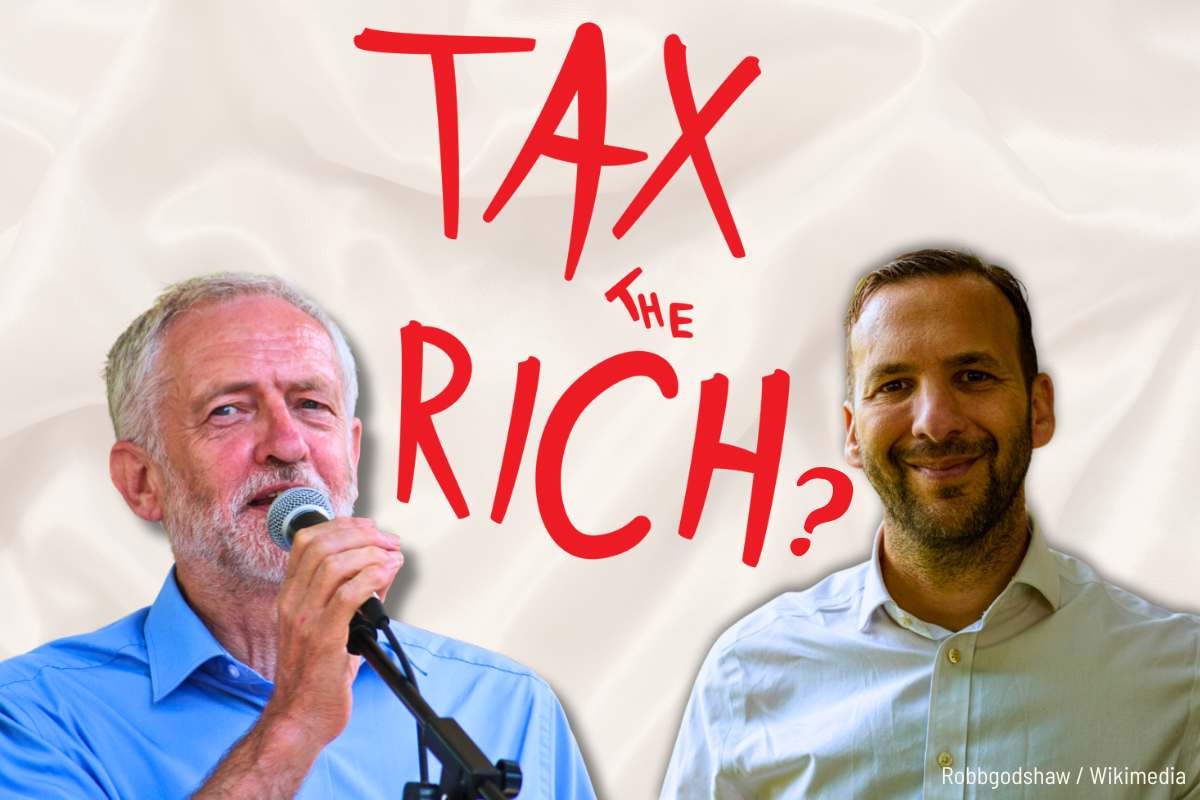A new International Labour Organisation reports says that as much as 50%
of youth are now unemployed in many countries. Capitalist crisis has
meant soaring unemployment especially amongst the young. The report
warns of difficult years ahead where young people may resort to violence
to vent their anger at governments worldwide.
A new International Labour Organisation reports says that as much as 50% of youth are now unemployed in many countries. Capitalist crisis has meant soaring unemployment especially amongst the young. The report warns of difficult years ahead where young people may resort to violence to vent their anger at governments worldwide.
The International Labour Organisation, a UN agency, says riots of the kind seen in Britain this summer are likely to recur as many young people give up looking for work altogether, leaving the "hidden" youth unemployment level even higher than official figures suggest.
The reports says that as many as one in two young people are without work in some countries.
The ILO predicts the number of unemployed 15-24-year-olds will stand at 74.6 million, or a rate of 12.6% for 2011. While this figure is slightly down from 12.7%, or 75.1 million, in 2010, the ILO report attributes this more to young people opting out of the labour market, rather than looking for jobs.
As the crisis deepens, it said that this development was especially true in developed economies and the European Union and unlikely to improve.
"A lot of these young people are simply giving up and they are saying ‘enough is enough. What is the point of looking if there’s nothing out there?’" said Sara Elder, ILO economist and the report’s author. They are sometimes re-entering education but often living with, and off, family. "These people are delaying their advance into adulthood. It’s a very scary time for young people, they find the path that worked for their parents is not working for them."
She predicts that when those young people do eventually go back into the labour market, unemployment rates will rise again and probably stay high. "The longer they stay out of the labour market, the more difficult it will be," argues Elder. Significantly, the report warns that consequences around the world could be dire.
"Increased crime rates in some countries, increased drug use, moving back home with the parents, depression – all of these are common consequences for a generation of youth that, at best, has become disheartened about the future, and, at worst, has become angry and violent," it says.
The ILO report uses the Arab Spring uprisings to demonstrate a link between unemployment and the entrenchment of distrust of the political and economic system.
It notes that in the Middle East and North Africa, for example, over the past 20 years approximately one in four youth have been unemployed. It also draws links to unrest in Europe, including riots in Britain.
"I do think we are going to see more and more unrest,” says the author of the report.
The ILO says that in 56 countries for which comparable data was available, there were 2.6 million fewer youth in the labour market in 2010 than expected based on pre-crisis trends. "This figure implies that growing frustration over unemployment and underemployment has pushed a large cohort of discouraged youth to drop out of the labour market altogether."
Again, the report highlights Ireland where almost one in two young people is out of work. In Spain, the rate is even higher at just over 50%.
As a consequence, many young people are choosing to leave home and search elsewhere. In 2009 the number of under-25s emigrating from Ireland hit 30,000, almost double the 15,600 leaving in 2004, according to the National Youth Council.
For those in poorer countries it appears not working at all is not an option and many young people are "trapped in a vicious cycle of working poverty," the ILO says. On a capitalist basis, it reflects the fact that the poor must work at whatever slave-rates they can find, or perish






